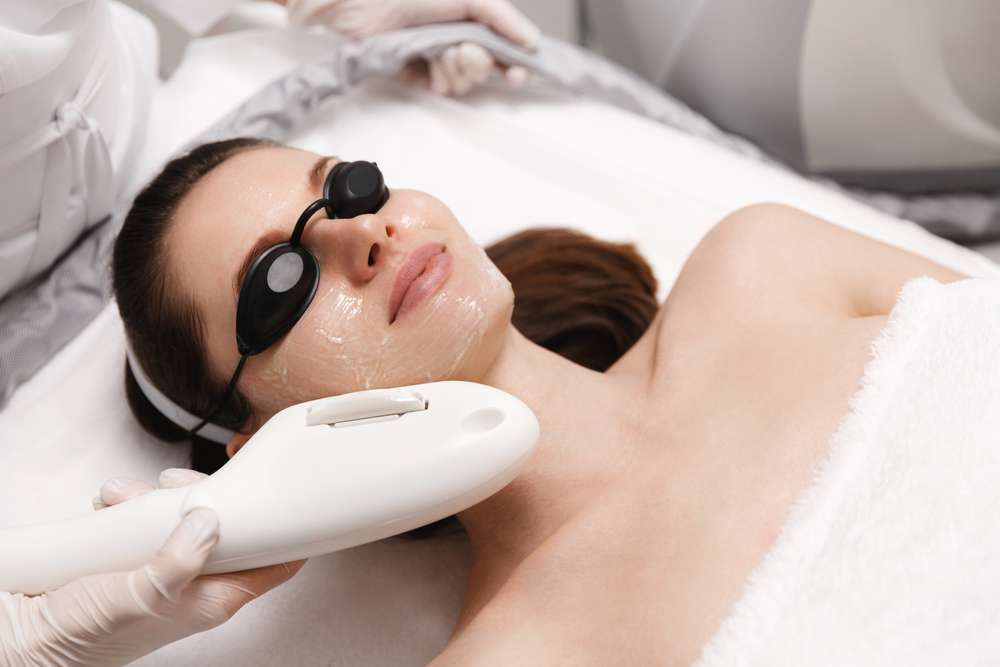Laser Skin Renewal: Restore Texture & Youthful Glow
Explore how laser skin rejuvenation can refresh your complexion and boost confidence. This non-invasive approach uses focused light to improve skin texture, fade pigmentation, minimize scars, and stimulate collagen. Learn about treatment types, expected results, downtime, and safety to decide if laser therapy suits your skincare goals.

Laser skin rejuvenation has become a go-to option for people seeking clearer, firmer, more even-toned skin without surgery. By delivering controlled light energy to the skin, laser procedures encourage cellular renewal and collagen formation, which can improve texture, reduce discoloration, and soften fine lines. Treatments are adaptable to different concerns and downtime preferences, making them suitable for many patients.
Which skin issues can lasers treat?
Modern laser systems address a broad spectrum of concerns. Typical targets include:
- Fine lines and wrinkles around the eyes, mouth, and forehead
- Sun damage and age spots caused by cumulative UV exposure
- Uneven pigmentation and blotchy skin tone
- Acne scars and other types of facial scarring
- Enlarged pores and rough skin texture
- Persistent redness, rosacea-related flushing, and visible blood vessels
- Hyperpigmentation such as melasma or post-inflammatory marks
Because lasers can be calibrated for depth and intensity, practitioners can personalize treatments to match a patient’s skin type and specific issues.
Types of laser and light-based treatments
There are several categories of devices used in skin rejuvenation, each with distinct advantages and recovery profiles:
-
Ablative lasers: These remove the top layer of skin to encourage substantial collagen remodeling and skin tightening. Examples include CO2 and Erbium YAG lasers. They tend to deliver dramatic results but require longer healing time.
-
Non-ablative lasers: These heat the deeper layers of the dermis without stripping the surface, stimulating collagen while preserving the epidermis. Recovery is shorter than ablative treatments, and candidates often need several sessions. Nd:YAG and certain fractional non-ablative devices fit this group.
-
Fractional lasers: Fractional technology creates microscopic columns of treated tissue while leaving surrounding skin intact. This fractional approach speeds healing and reduces downtime compared with traditional full-surface ablative treatments; fractional systems can be ablative or non-ablative.
-
Intense Pulsed Light (IPL): Although not a laser in the strict technical sense, IPL uses a broad spectrum of light to target pigmentation, vascular issues, and uneven tone. It’s frequently offered alongside laser options as a gentler alternative for color-related concerns.
Choosing the right modality depends on the condition being treated, the desired outcome, skin type, and tolerance for downtime.
What happens during a session?
A typical appointment begins with a consultation to evaluate your skin history, expectations, and any contraindications. On treatment day:
- Your skin will be cleansed to remove oils, makeup, and debris.
- A topical numbing cream may be applied for comfort, especially for more intensive procedures.
- Protective eyewear will be provided to shield your eyes from light exposure.
- The practitioner will move the laser or light device across the target areas; sensation varies but is often described as warming, snapping, or mild prickling.
- Aftercare products such as a calming gel or moisturizer are applied, and your clinician will review post-treatment instructions.
Sessions can be brief or last over an hour depending on the area and device used. Many patients experience minimal discomfort, though options for added anesthesia are available for deeper treatments.
When will you notice improvements?
| Treatment Type | Initial Results | Full Results |
|---|---|---|
| Ablative Lasers | 1-2 weeks | 3-6 months |
| Non-ablative Lasers | 2-3 weeks | 2-3 months |
| Fractional Lasers | 1-3 weeks | 3-6 months |
| IPL | 1-2 weeks | 1-3 months |
Prices, rates, or cost estimates mentioned in this article are based on the latest available information but may change over time. Independent research is advised before making financial decisions.
Initial changes like smoother texture and reduced redness can appear within days to weeks, but collagen remodeling is gradual. Maximum benefit often becomes visible over several months as the skin rebuilds and tightens.
Potential side effects and safety considerations
When performed by trained professionals, laser rejuvenation is generally safe, yet there are risks to be aware of:
- Short-term redness and swelling are common and typically resolve within days to weeks.
- Increased sensitivity, mild discomfort, or a sunburn-like feeling may occur after treatment.
- Changes in pigmentation are possible, particularly for those with darker skin tones; proper device selection and technique help reduce this risk.
- Infection is rare when aftercare instructions are followed, but any open or peeling skin requires careful hygiene.
- Scarring is uncommon but more likely with aggressive ablative treatments or inadequate healing.
Following pre-treatment guidance (such as avoiding sun exposure and certain medications) and strict post-treatment care will minimize complications and support optimal healing.
Is laser rejuvenation right for you?
A consultation with a qualified dermatologist or licensed laser provider will determine suitability. Factors like skin type, medical history, current medications, and realistic expectations all influence the recommended plan. Some patients prefer a series of gentler non-ablative sessions, while others opt for a more intensive ablative approach for faster, more dramatic improvement.
Laser skin rejuvenation remains a powerful tool for improving signs of aging and repairing damage. With the right device and provider, it can safely enhance skin tone, texture, and firmness. If you’re considering treatment, discuss goals, downtime tolerance, and potential risks with a licensed professional to build a tailored plan.
This article is for informational purposes only and should not be considered medical advice. Please consult a qualified healthcare professional for personalized guidance and treatment.






